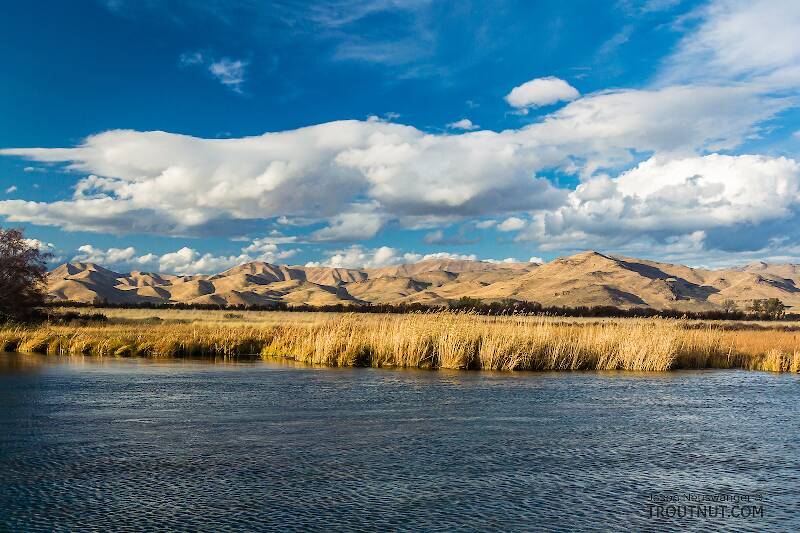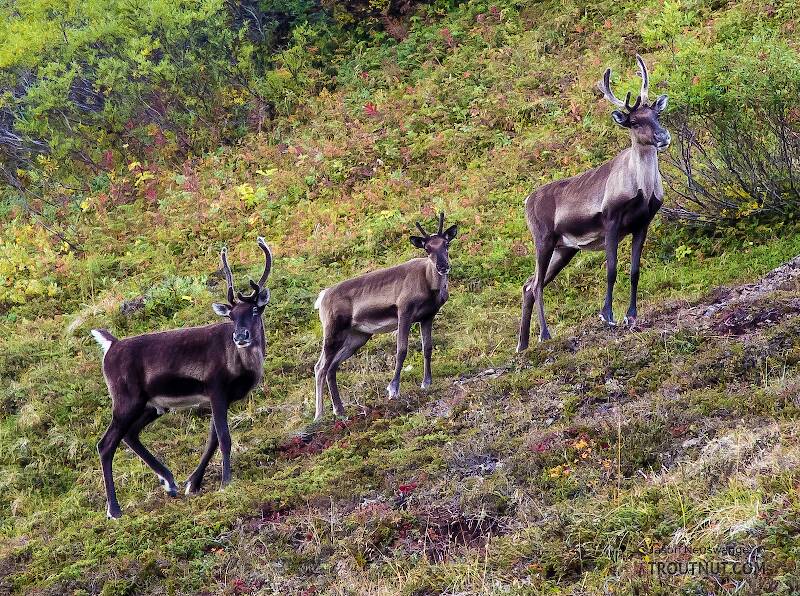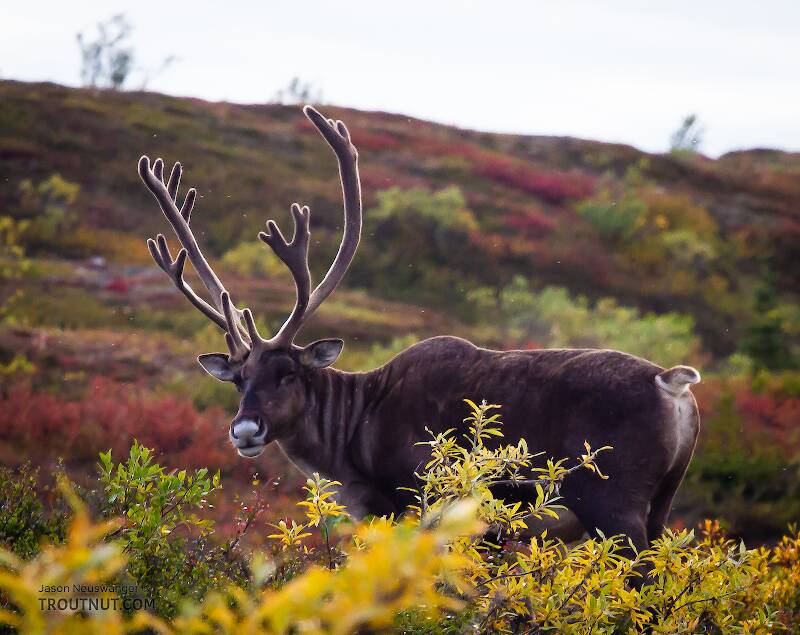Worse yet, the mapping app on my phone (OnX) was malfunctioning, refusing to show landowner information in the offline maps I had downloaded. I scrapped my plans to navigate through the public/private patchwork and drove to the only nearby place where I knew I'd be fully in a national forest. I knew I was getting into a promising area when I crossed that boundary and there were hunters camped everywhere.
I drove ahead, past most of the crowd, to somewhere I could reach a decent overlook for easy evening glassing. Finally, there were deer. A couple dozen does and fawns were scattered across the nearby mountains in little groups of two or three. There were also elk high on the distant ridges and three moose, including a bull, scattered around the valley.
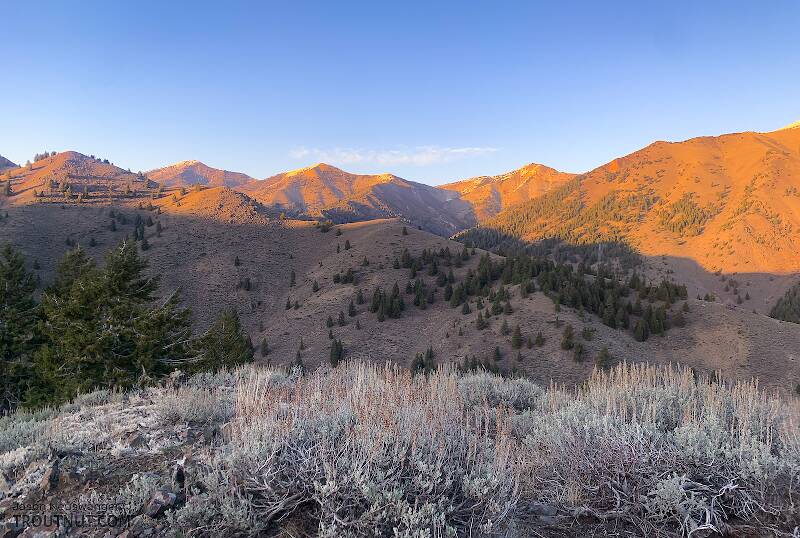
Ten minutes before shooting hours ended, a small 3x3 buck appeared near the bottom of the valley, 600 yards below me. I ducked behind my ridge and tried to hurry in its direction, but it became clear after a few minutes that I wouldn't get into range before I ran out of light. I would have to try to relocate him the next morning. To my surprise, that actually worked.
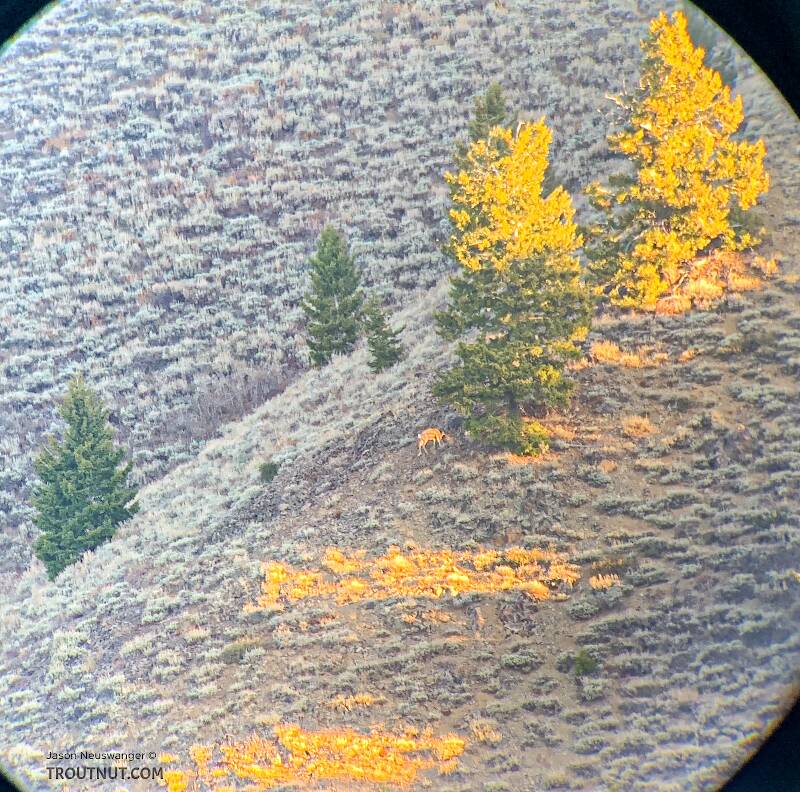
However, the buck had fed much higher on the ridge overnight, and I couldn't see a way to drop down from my position and climb straight at him without being spotted. I planned instead to watch him until he bedded down for the day, then go around the long way (a few miles) and sneak up on him from above. I never saw him bed, but he disappeared behind a tree for half an hour, and I assumed he must still be there.
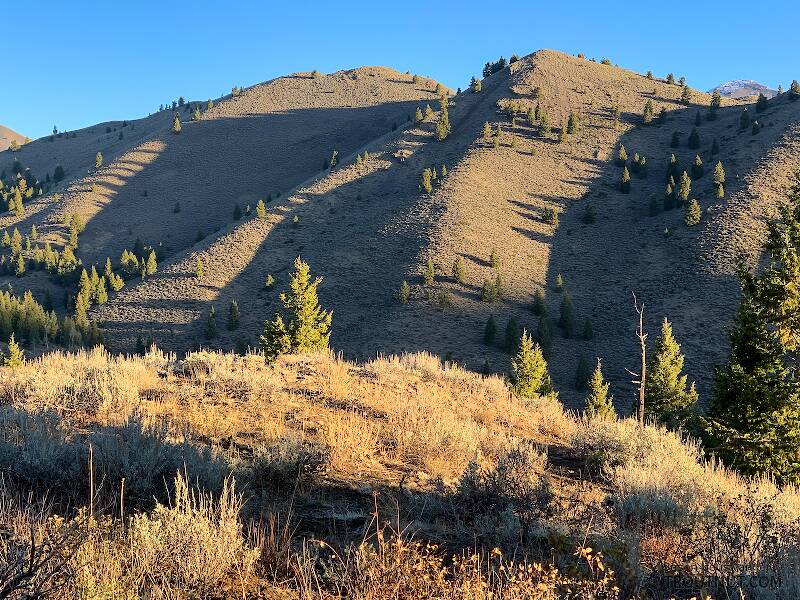
Going the long way again presented some fantastic views of the surrounding mountains.
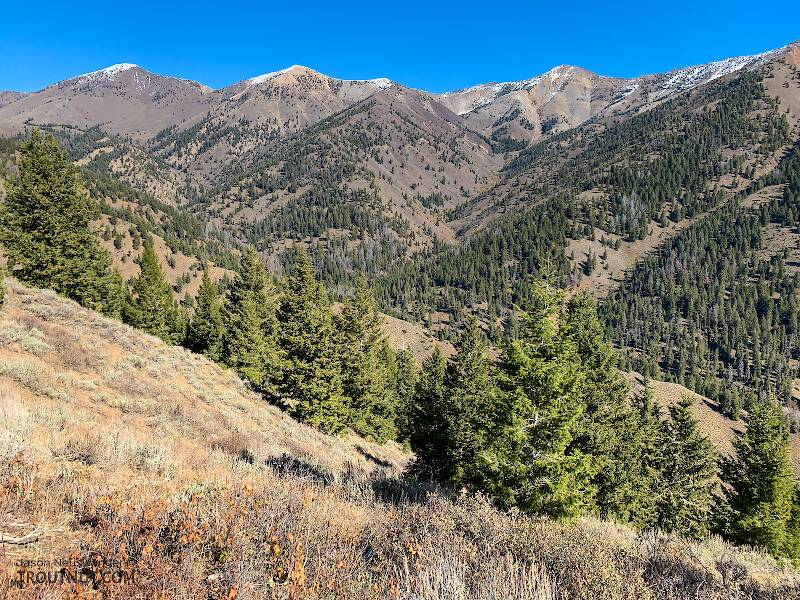
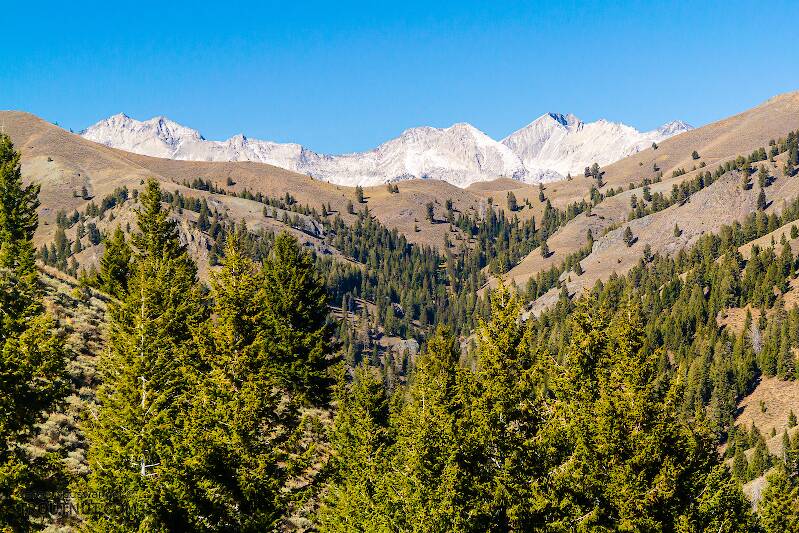
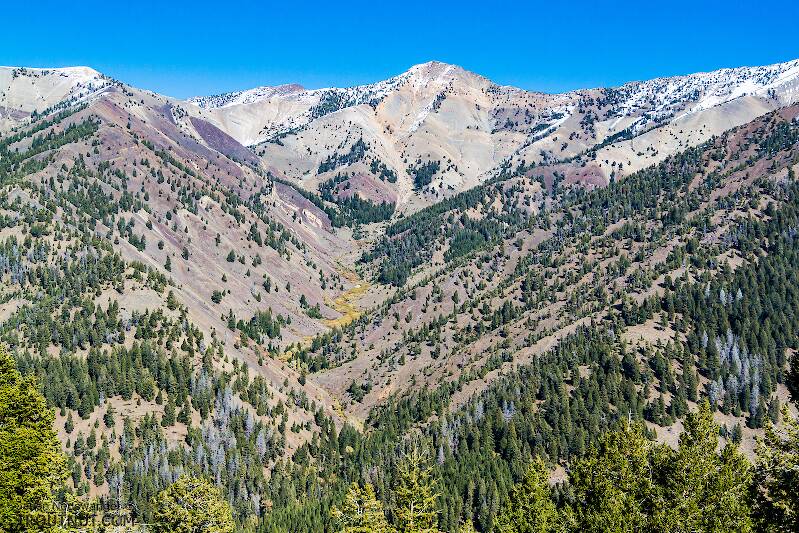
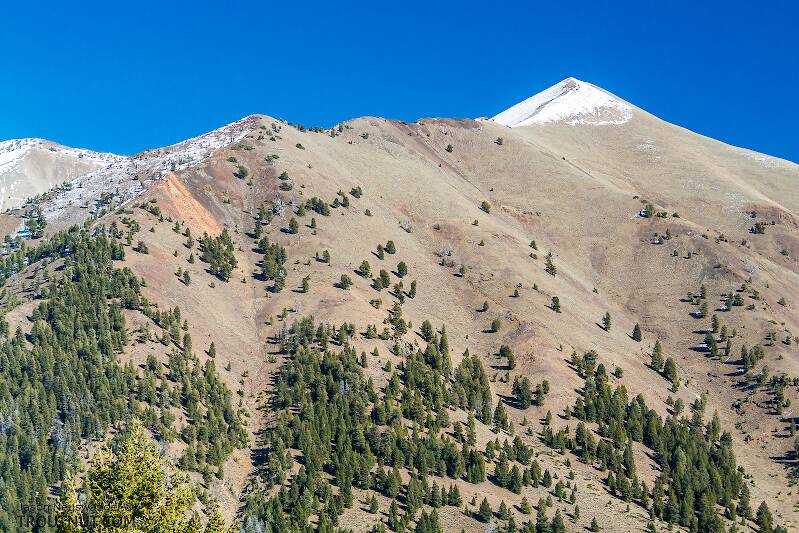
When I reached the ridgetop above the buck's last known location, the rounded terrain made it clear that I wasn't going to have a view until I was almost on top of him. I left my pack and boots behind the ridge and snuck forward silently in my socks, following lessons I'd heard from bowhunters. The wind was just right. I was practically silent. I intensely scrutinized every new inch of terrain I uncovered until I had a thorough view of the place the deer should have been.
He wasn't there. He had probably never bedded down behind that tree after all, but instead slipped away unseen through some dips in the terrain that weren't noticeable from across the valley. Lesson learned.
It was tempting to stick to the area now that I had found some deer, but the options to escape other hunting pressure were limited. The small mountain where I'd pursued the buck was in the center of the harder-to-reach terrain, and anywhere "deeper" I ventured would only take me closer to other trails people were heavily accessing by horse or ATV. I chose instead to back out and look for a new spot at a similar elevation and with similar vegetation.


